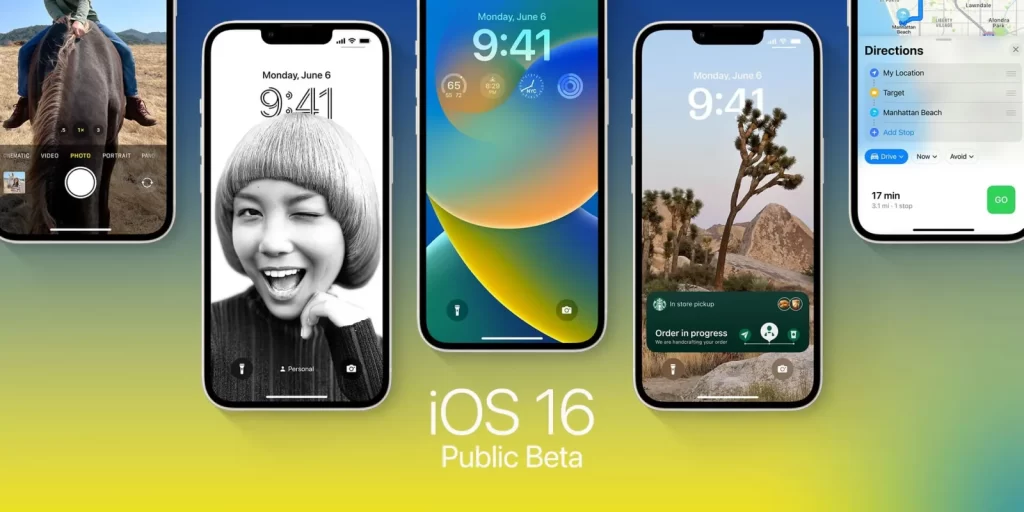It will happen to the best of us, no matter how cautious we are. Water has entered your charging port. What happens next?
How To Remove Water From A Charging Port: A Step-by-Step Guide

Many ways for eliminating water from a charging port are floating around the internet. Most have the potential to do more damage to the device.
This step-by-step procedure, on the other hand, is the safest way to remove water from a charging port and is advised by both Apple and Samsung.
- Dry the device’s exterior using a dry cloth or microfiber towel.
- To remove larger droplets of water from the port, gently shake or tap the device with the port side down.
- Allow the device to dry naturally by placing it flat, display side down, in a well-ventilated place.
- This could take anywhere from 30 minutes to a few hours, depending on the amount of moisture in the port.
It takes time and attention to remove water from a charging port.
What NOT To Do To Remove Water From A Charging Port
What about all the alternative methods you’ve heard of for eliminating water from a charging port now that you know what the preferred method is?
While some solutions appear to make logic or are rumored to be effective, they may cause more problems than they solve.
Do not force air into the port. Blowing air into the port may cause moisture to enter the gadget further. Because compressed air is chilly when sprayed, it has the ability to increase the quantity of moisture in the port. Cold air condenses and produces moisture.
Avoid using heat. While many devices are heat resistant to some level, specific components, such as the screen, battery, and seals, are more heat sensitive. Using heat to dry water in the port might cause harm to the port and device components, so avoid using hair dryers or ovens.
Nothing should be inserted into the port. Cotton swabs, paper towels, tissues, and anything else that will fit are acceptable. Pushing something into the charging port might either leave debris behind or harm the connection points.
Isopropyl alcohol should not be used. Because isopropyl alcohol is diluted with water, you would be adding moisture to the gadget. In addition, because isopropyl alcohol is highly conductive, it can transfer electrical charges generated by the gadget.
How Do I Know If I Have Water In My Charging Port?
Both Apple and Android devices have moisture sensors that alert you if moisture is detected in the charging port while a charger or supplemental adapter is attached to the device.
When a charger is inserted into a wet device, Apple devices will display “Charging not available. Liquid has been detected in the Lightning connection” or “Liquid detected in Lightning connector: Disconnect to allow the connector to dry” if a non-power item, such as a headset, is connected.
When attempting to plug a charger or auxiliary device into a wet Android handset, the notice “Disconnect cable: Moisture has been identified” or “Unplug Charger: Moisture has been detected” appears.
How Can Water Get Into My Charging Port?
- Moisture in the charging port can be produced by a variety of factors, some obvious and some not so obvious.
- Submersion: When a gadget is submerged in water, water enters via all openings.
- Humidity. In areas with high humidity, or the amount of moisture in the air, moisture might condense on the device and enter the charging port. Saunas and hot showers are examples of steamy surroundings.
- Rain: Rain can penetrate your gadget in a variety of ways other than direct contact. For example, if you put your gadget in your jacket pocket or handbag and it gets wet, moisture can seep into the device. Rain can also run down wires, such as headphone wires, and into the port.
- Sweat. Devices can be exposed to moisture through sweat by having headphone cables run down or by being kept in a sweaty or moist environment, such as wearing an activity belt around your waist or arm.
How To Protect Against Water
The best way to safeguard your equipment from water is to be proactive.
- Experiment with water distances. This may be challenging for those who prefer carrying their smartphones with them wherever they go. To give the best protection, the gadget should be maintained at least six feet away from water sources. However, in today’s interconnected society, this is an almost impossible feat.
- Purchase a device that is water-resistant or waterproof. A water-resistant or waterproof device will protect the device’s key components from water harm. This will not prevent liquid from entering apertures such as the charging port, but it will ensure that if water does reach the charging port, it will not be able to enter other components of the device. However, this solution may not be financially practical for all customers.
- Make use of a waterproof case. Waterproof cases are designed to keep water out by sealing any exposed openings on the device, such as the charging port. To give access to ports, most waterproof cases will contain a rubber stopper that can be opened and closed. To ensure maximum efficiency, keep these rubber stoppers completely closed when not in use.
- Make use of a dry bag. A dry bag is exactly what its name implies. It is a bag designed to keep water out of the gadget by sealing it within. Some dry bags are specifically designed to hold little items such as smartphones, while others have much bigger capacities. The zip lock bag is, of course, the tried and true dry bag.

